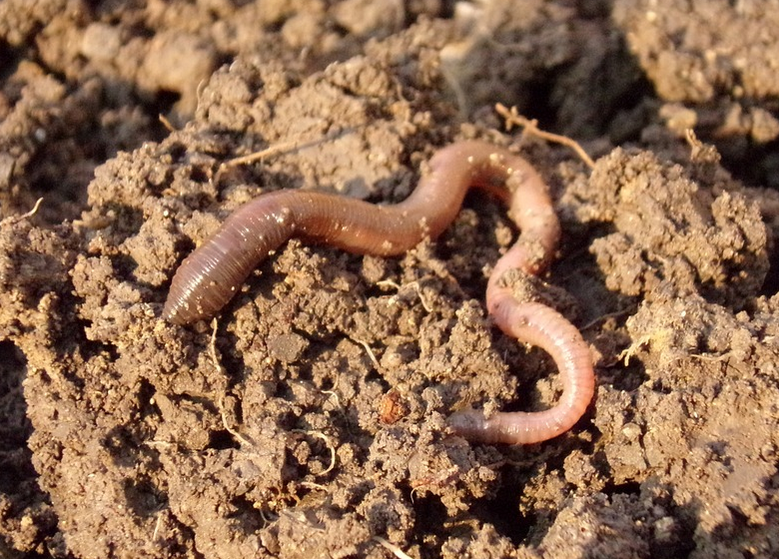Reproduction and development of african night crawler earthworms (Eudrilus eugeniae) in Sewage Sludge produced in the city of Gurupi State of Tocantins.
DOI:
https://doi.org/10.20873/jbb.uft.cemaf.v4n3.augustanetoKeywords:
sewage sludge, Eudrilus eugeniae, earthworms, vermicompostingAbstract
The current study aimed to evaluate the breeding and developmen of worms (Eudrilus eugeniae) in different dilutions of sewage sludge produced in the city of Gurupi, Tocantins State, under of natural shade in forest savanna and controlled humidity conditions. The experiment was conducted between the months of April to July 2011. Assessments were made after 30, 60 and 90 days, and the numbers of births and deaths of worms was compared in three substrates: T1 = pure sewage sludge, T2 = 75% sewage sludge + 25% rice husk and T3 = 50% sewage sludge + 50% rice husk, maintained at 80% moisture by artificial irrigation. The results were analyzed by Tukey tests. The largest numbers of births occurred in treatment T2 at 30 days but there were no significant differences in the final quantities of worms between the three treatments. The treatment T3 gave the highest average reproductive. There was a tendency to increase the biomass of the worms as the sewage sludge concentration was diluted.
References
A SANEATIS – Companhia de Saneamento do Tocantins pelo fornecimento do Lodo de Esgoto (Biossólido), a UFT - Universidade Federal do Tocantins pelo apoio dado e aos demais colaboradores que contribuíram na execução dos ensaios.
MINISTÉRIO DO MEIO AMBIENTE. Conselho Nacional do Meio Ambiente. Define critérios e procedimentos, para o uso agrícola de lodos de esgoto gerados em estações de tratamento de esgoto sanitário e seus produtos derivados, e dá outras providências. Resolução n. 375 de 28 de agosto de 2006. Disponível em: http://www.fundagres.org.br/biossolido/images/downlo ads/res_conama37506.pdf. Acesso em 03 maio 2011.
BRITO, T. R. C. E SILVEIRA, M. C. A. C. Reprodução e desenvolvimento de minhocas (Eisenia andrei Bouché, 1972) em condições de temperatura, umidade e sombreamento em mata de cerrado. In: VII Seminário de Iniciação Científica da UFT, Anais do VII Seminário de Iniciação Científica da UFT. Palmas, UFT, 2011.
DOMINGUEZ, J. State of the art and new perspectives on vermicomposting. Research. In: EDWARDS, C. A. Earthworm ecology. 2. Ed. Florida, 401-424, CRC Press, 2004.
EPSTEIN, E. Land application of sewage sludge and biosolids. 1. Ed. London, New York, Washington: Lewis Publishers. 220p, 2003.
FERREIRA, D.F. SISVAR. Sistema de analises estatísticas. Lavras: UFLA. 1999.
GEISLER, M. Composting biosolids and food wastes. In: Compost 2000 Downunder Conference, 2000, Melbourne. Proceedings. Melbourne: DMP Conference Organisers, 2p, 2000.
HAIMI, J. E HUHTA, V. Capacity of various organic residues to support adequate earthworm biomass for vermicomposting. Biology and Fertility of Soils. v. 2, n. 1, p. 23-27, 1986.
KOPPEN, W. Climatologia: con un estudio de los climas em la tierra. Mexico: Fondo de Cultura Econômica, 1948.
METCALF, EDDY. Wastewater engineering. Treatment, disposal, and reuse. 3.ed. Singapore: McGraw-Hill, Inc. International Edition, Civil Engineering Series, p. 1334, 1991.
NADOLNY, H. S. Reprodução e desenvolvimento das minhocas (Eisenia andrei bouché 1972 e Eudrillus eugeniae (Kinberg 1867)) em resíduo orgânico doméstico. 2009. Dissertação. (Mestrado em Ciência do Solo). Universidade Federal do Paraná. Curitiba, 2009.
REICHERT, G. A. A vermicompostagem aplicada ao tratamento de lixiviado de aterro sanitário. 1999. 137p. Dissertação (Mestrado) - Porto Alegre: UFRGS - Programa de Pós-Graduação em Engenharia de Recursos Hídricos e Saneamento Ambiental. Research. In: EDWARDS, C. A. Earthworm ecology. 2. ed. Florida: CRC Press.
SAMANI, Z.A.; HARGREAVES, G. H. A crop water evaluation manual for Brazil – The Internation Irrigation Center. Logan, Utah, USA: Departament of Agricultural and Irrigation Engineering, Utha State University, 1985.
SUTHAR, S. Vermistabilization of municipal sewage sludge amended with sugarcane trash using epigeic Eisenia fetida (Oligochaeta). Journal of Hazardous Materials, Amsterdam, v. 163, n. 1, p. 199-206, 2008.
TEIXEIRA, L. B.; GERMANO, V. L. C.; OLIVEIRA, R. F. DE; JUNIOR, J. F. Processo de compostagem a partir de lixo orgânico urbano e caroço de açai. Belém: Embrapa, 2002. (Circular Técnica 29).

Published
How to Cite
Issue
Section
License
Copyright (c) 2024 - Journal of Biotechnology and Biodiversity

This work is licensed under a Creative Commons Attribution 4.0 International License.
Authors who publish with this journal agree to the following terms:
Authors retain copyright and grant the journal right of first publication with the work simultaneously licensed under a Creative Commons Attribution License (CC BY 4.0 at http://creativecommons.org/licenses/by/4.0/) that allows others to share the work with an acknowledgement of the work's authorship and initial publication in this journal.
Authors are able to enter into separate, additional contractual arrangements for the non-exclusive distribution of the journal's published version of the work (e.g., post it to an institutional repository or publish it in a book), with an acknowledgement of its initial publication in this journal.
Authors are permitted and encouraged to post their work online (e.g. in institutional repositories or on their website) prior to and during the submission process, as it can lead to productive exchanges, as well as earlier and greater citation of published work (Available at The Effect of Open Access, at http://opcit.eprints.org/oacitation-biblio.html).


